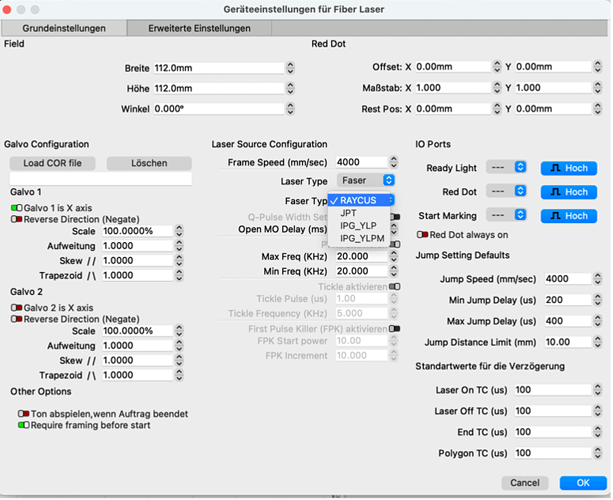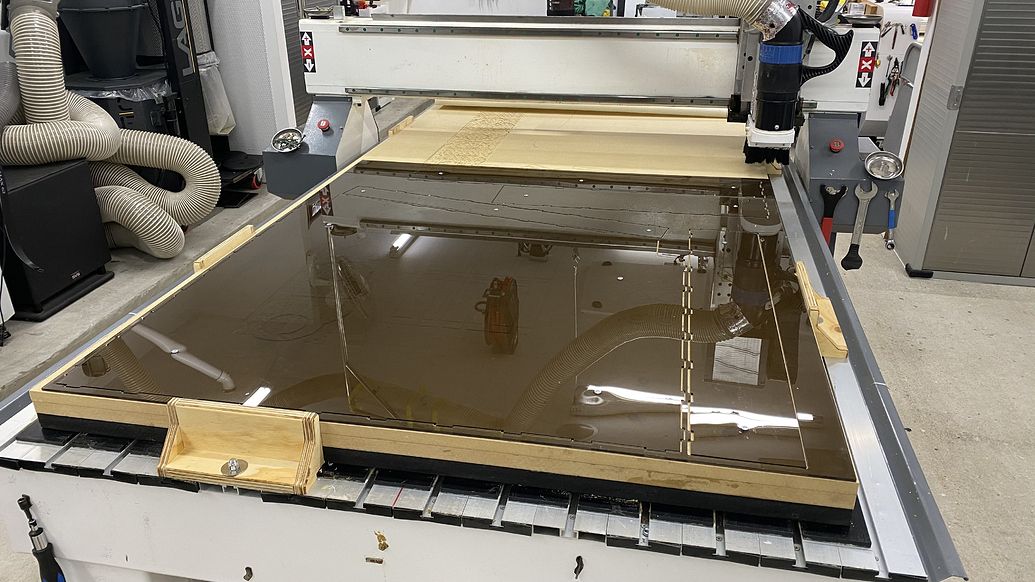

If the belt is properly tensioned, you likely need to add scanning offsets. If it is loose, you'll see blurred or fuzzy sides when engraving, as well as 'bent' or inaccurate shapes when cutting. Edges of engravings are fuzzy or blurry ¶įirst, make sure that your X-axis drive belt is tensioned correctly. If you already have this enabled, you might need a larger value for the overscan setting, particularly if your acceleration is low. On GCode devices, enable 'Overscanning' in your Fill or Image layer setting. Output is shaky or wobbly ¶ Output is slanted or skewed ¶ Edges of engravings are burnt or too dark ¶ If your controller expects "1000" to mean full power, and LightBurn sends "255", you'll get roughly 1/4 the output power you expect. The number itself doesn't matter much, but the controller setting and LightBurn have to agree. Current versions of GRBL default to 1000 for this setting, while older versions use 255.

LightBurn uses 'variable power' mode by default (M4), where LaserGRBL uses 'constant power' mode (M3). This is the most common problem we see, especially when comparing LaserGRBL output with LightBurn.

If you have a GRBL device, there are two possible causes for this:

Power output is not the same as other software (GRBL) ¶ For GCode controllers (GRBL, Smoothieware, etc) the Origin is almost always front-left, but in rare cases may not be.For DSP controllers (Ruida / Trocen / TopWisdom / etc) the Origin setting for the device should match the corner that your laser homes to when first powered.If you have the origin for the device set incorrectly, your output will be mirrored or upside down when run. The ' Device Origin' setting, found in the menus under Edit => Device Settings, controls the orientation of what gets sent to your laser.Troubleshooting Troubleshooting - Output Issues ¶ Output is mirrored or backwards ¶


 0 kommentar(er)
0 kommentar(er)
